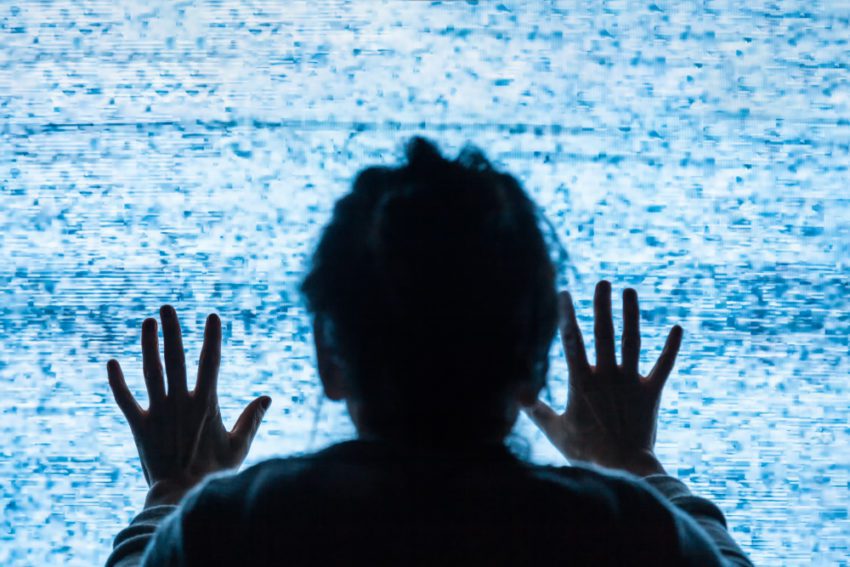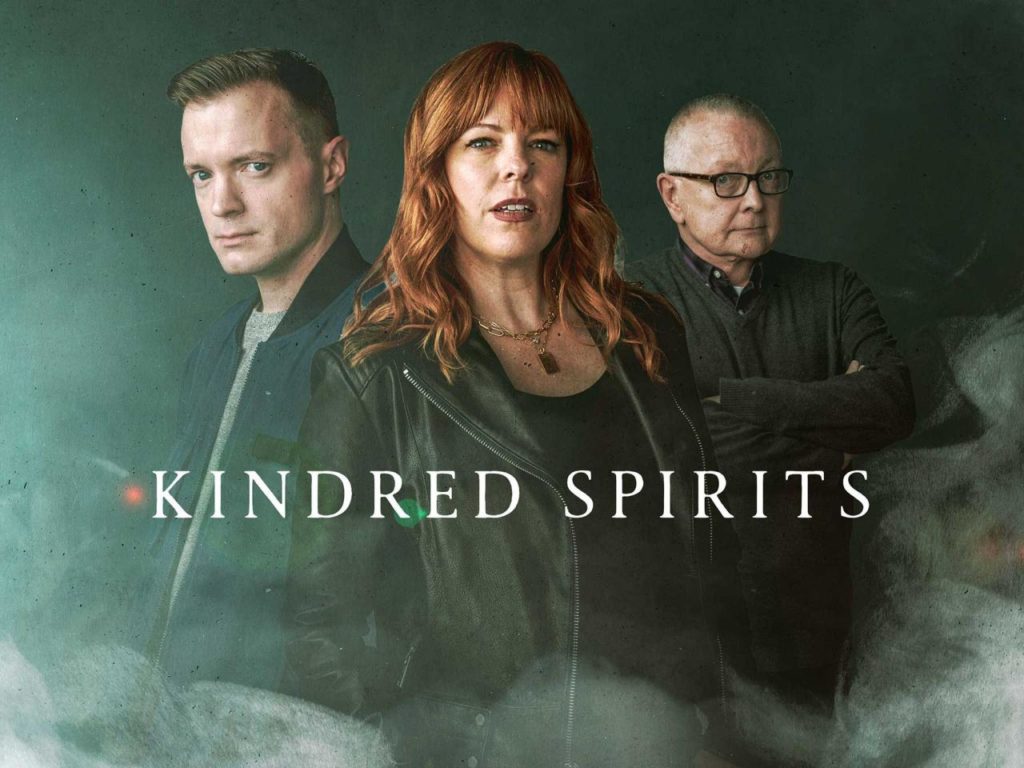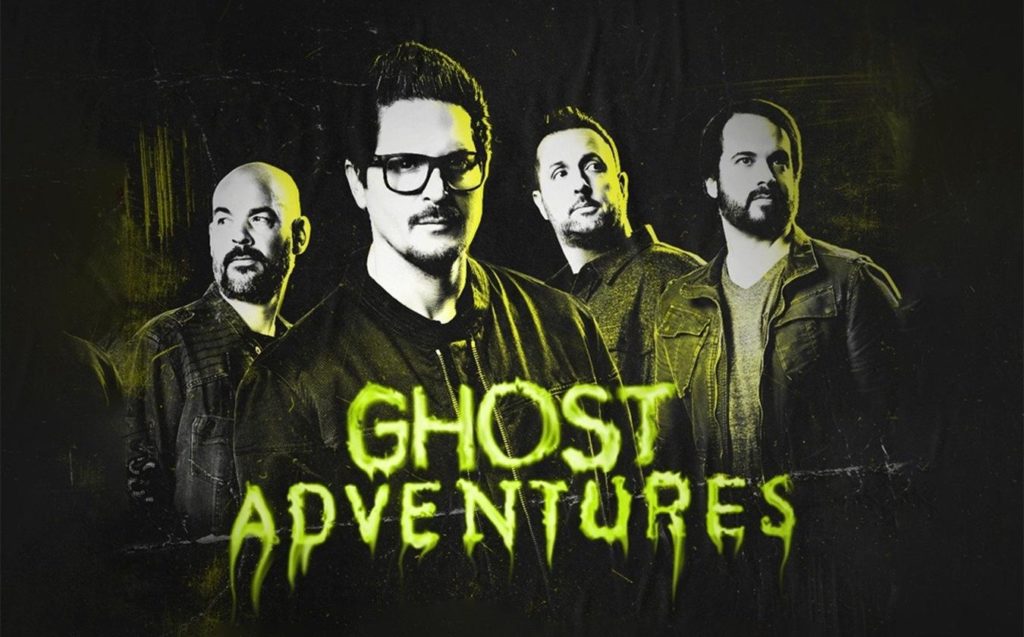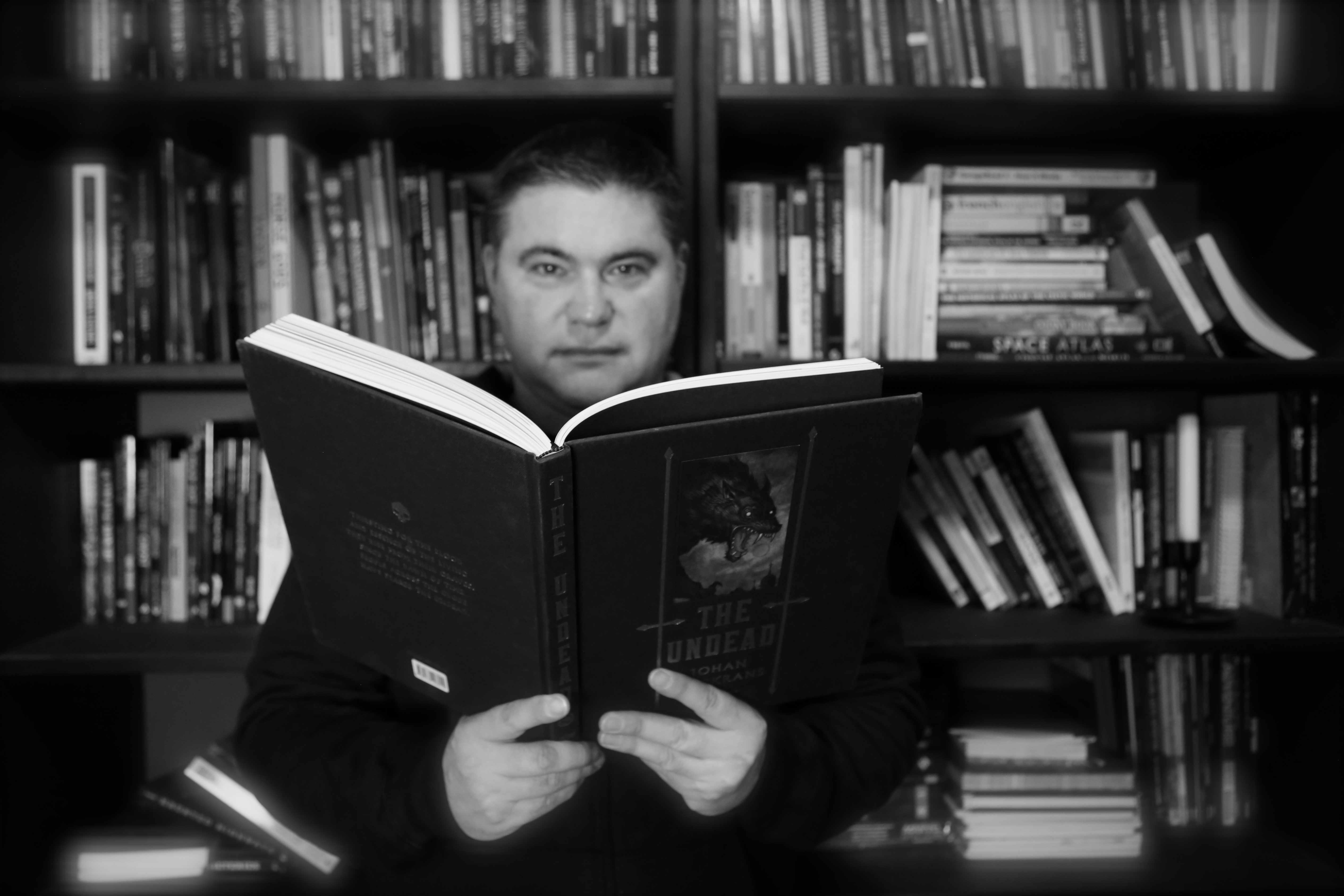
Ghost Hunting Styles Based on Paranormal TV Shows
Most ghost-hunting TV shows fall into 3 buckets: Cozy ghost hunting, Paranormal adventure, and Confirmation. Read what each means and how to identify them after the jump.
The 3 Ghost Hunting Styles in Detail
Cozy Ghost Hunting Style

Cozy ghost hunting takes dedication and persistence. It’s the most thorough type of investigation. Investigators (or sleuths) dig deep into the history of a haunted location. They also scour as many documents as they can. This detective work culminates in a list of suspects (i.e., ghosts) to look for during an investigation. No stone is left unturned. Cozy ghost hunting is like an investigative journalist fused with a homicide detective. The point is to solve the case. It’s just the facts with cozy ghost hunters.
Cozy ghost hunters approach eyewitness accounts with skepticism. Memories are fallible. People hyperbolize their experiences. Debunking of claims is required.
At the location, ghost-hunting gadgets can be found everywhere. These investigators know they have limited time at a haunt, and they need to capture as many clues as possible. You’ll find a lot of audio recording because these paranormal detective interviews (or maybe it’s interrogate) the spirits. Other gadgets detect movement or allow for interaction. Ghosts can respond in many ways.
While the investigation tactics are meticulously thought out, the evidence analysis is even more rigorous. Clues and evidence are vital to solving a case. It takes them longer to review their evidence, but they get the best evidence to identify the spirit. In most cases, these ghost hunters only investigate public places like museums, libraries, and other areas of historic importance.
TV show examples include Kindred Spirits and The Holzer Files.
Paranormal Adventure Style

Paranormal adventure is the opposite of cozy ghost hunting. Investigators show up with some infrared camcorders, mobile apps, and start getting scared. It’s more like urban exploring and legend tripping had a baby. In most cases, the team (more like a duo) heads to the nearest abandoned buildings and just rolls with what they find. They only use gruesome history, if it gives them something to freak out about. This is about the experience after all.
When it comes to gadgets, I wouldn’t say they put too much forethought into them. Many just turn on an app or drop a movement detection gadget on the floor. It has to be something that responds in real time because not much evidence analysis happens. That means you never hear an EVP unless a camera mic caught it or the team heard a DVP (direct voice phenomena).
When the hunt is over, they just pack up and head home. There’s no reveal to a client because there is no client. Sometimes, the investigators have a playback at the end of the show. I have to say…I do like these shows for the most part. They always film at the biggest, baddest, and scariest haunts.
TV show examples include Ghost Adventures, Destination FEAR, and most YouTube videos.
Confirmation Ghost Hunting Style

I think we can say that Ghost Hunters kicked off this style. It’s also the most common type of real-life investigation. A paranormal team receives a message from someone experiencing ghostly activity. The team assembles a crew and heads off to see if the ghostly claims are true and if the ghosts mean to hurt anyone. The witness(es) are clients and there’s a reveal of the ghostly shenanigans at the end. For the most part, these teams investigate private residences and public places equally. It’s a nice package for TV.
Overall, the eyewitness account matters more than history. Don’t get me wrong: Confirmation ghost hunters will use history if they believe it will cause activity, or they can trace activity back to someone that lived at the haunt. The confirmation team painstakingly tries to recreate the eyewitness accounts.
Gadgets help collect evidence that witnesses detailed. The team analyzes what they’ve captured. They present it to the witness and then tell the client if they have anything to worry about. No demons appear on confirmation shows.
TV show examples include Ghost Hunters and Portals to Hell.
Ghost Hunting Style Quick Reference Table
Here’s a quick snapshot of the differences.
| COZY GHOST HUNTING | PARANORMAL ADVENTURE | CONFIRMATION | |
|---|---|---|---|
| History | Primary Focus | Only the dark stuff | Eyewitness accounts |
| Urban Legend | Used for leads or ignored | You betcha! | Often ignored |
| Investigation Focus | Identify ghost/solve crimes | Thrills and chills | Capture activity |
| Gadgets Used | Many gizmos on the scene | Personal experience | Based on eyewitness |
| Psychic Mediums | Only when leads go cold | Sure, why not?! | Rarely used |
| Professionalism | Buttoned-up investigation | Nah, let’s have fun | Well organized |
| Objective Setting | Few-to-many | Not really | Prove haunting |
| Conclusion | Case closed | Not really | Reveal |
| TV Show | Kindred Spirits | Ghost Adventures | Ghost Hunters |
